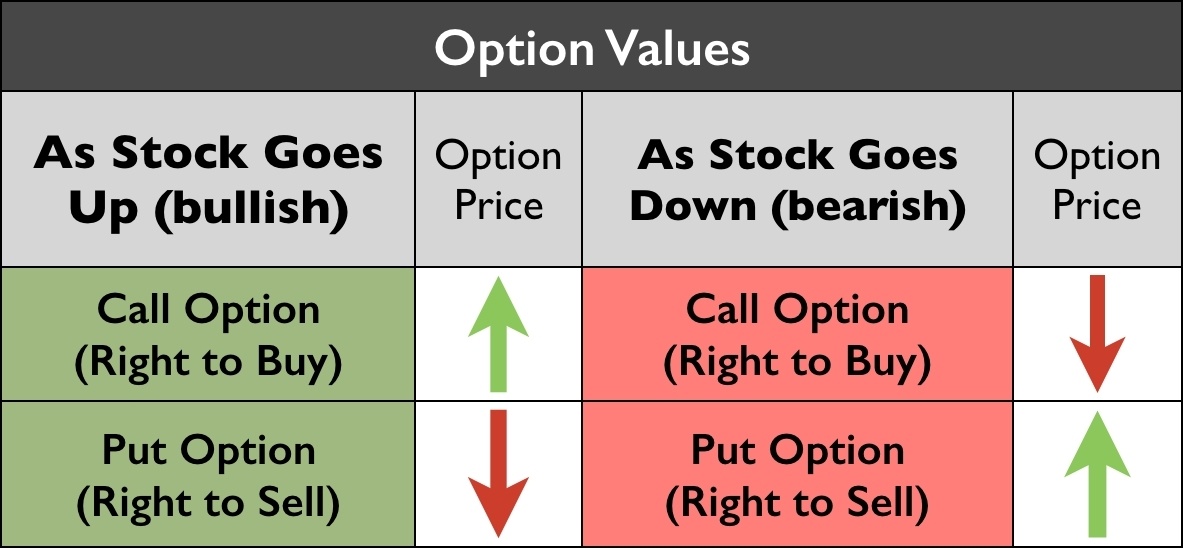In the ever-evolving world of financial markets, options trading stands out as a powerful tool for investors seeking to hedge risks or amplify returns. At the heart of this complex strategy lies a crucial concept known as implied volatility (IV). Understanding IV is paramount for navigating the options landscape successfully.

Image: hindi.adigitalblogger.com
Implied volatility is a forward-looking measure of how much the price of an underlying asset is expected to fluctuate over a specific time frame. It represents the market’s estimation of potential price movements, which investors incorporate into the pricing of options contracts.
Historical Development of Implied Volatility
The concept of implied volatility emerged in the early days of options trading when investors realized that the price of an option reflected not only the price of the underlying asset but also the anticipated level of future price changes. This led to the development of mathematical models that could isolate and measure this implied volatility.
Significance of Implied Volatility
Implied volatility plays a pivotal role in options trading for several reasons:
- Pricing: IV directly influences the price of options contracts. Higher implied volatility results in more expensive options, while lower implied volatility leads to cheaper options.
- Strategy Selection: Investors consider IV when selecting options trading strategies. Higher IV may favor strategies that capitalize on large price swings, while lower IV may suit strategies that seek to reduce risk.
- Risk Management: IV is essential for risk management in options trading. It helps investors estimate the potential range of price fluctuations, enabling them to allocate risk appropriately.
How is Implied Volatility Calculated?
Implied volatility is calculated using complex mathematical formulas that incorporate historical price data, current market conditions, and time to expiration. The most common method is the Black-Scholes model, which requires the following inputs:
- Current price of the underlying asset
- Strike price of the option
- Time to expiration of the option
- Risk-free interest rate

Image: tradesmartu.com
Interpreting Implied Volatility
Interpreting implied volatility requires understanding that it reflects market expectations about future price movements.
- High Implied Volatility: When IV is high, it suggests that the market anticipates significant price swings. Options with higher IV tend to be more expensive but also offer the potential for higher returns.
- Low Implied Volatility: When IV is low, it indicates that the market expects relatively stable prices. Options with lower IV are typically less expensive but also have lower profit potential.
Factors Influencing Implied Volatility
Implied volatility is influenced by various factors, including:
- Historical Volatility: Recent price fluctuations in the underlying asset can influence IV. High historical volatility typically leads to higher implied volatility.
- News and Events: Major news events or economic indicators can impact market sentiment and thus IV. Positive news can boost IV, while negative news can suppress it.
- Earnings and Dividends: Earnings announcements and dividend payments can trigger price movements, affecting IV. In general, IV increases in anticipation of such events.
Leveraging Implied Volatility
Investors can leverage implied volatility in their options trading strategies:
- Buy High IV: When IV is high, investors may purchase options with the expectation of large price movements. This approach is suitable for aggressive traders seeking high returns.
- Sell High IV: Alternatively, investors can sell options with high IV to collect premium. This strategy can generate income but also carries the risk of losses if the price moves significantly.
- Buy Low IV: Buying options with low IV is a more conservative approach that aims to capitalize on future price movements while minimizing risk.
What Is Iv In Options Trading
Conclusion
Implied volatility is a fundamental concept in options trading that provides insights into market expectations about future price fluctuations. By understanding and leveraging IV, investors can make informed trading decisions, manage risk, and potentially enhance their returns. However, it’s essential to approach options trading with adequate knowledge and risk tolerance. By embracing the complexities of IV, investors can navigate the options landscape with confidence and exploit its potential rewards.






